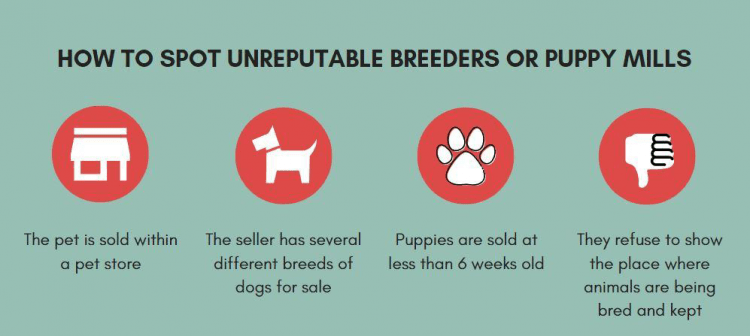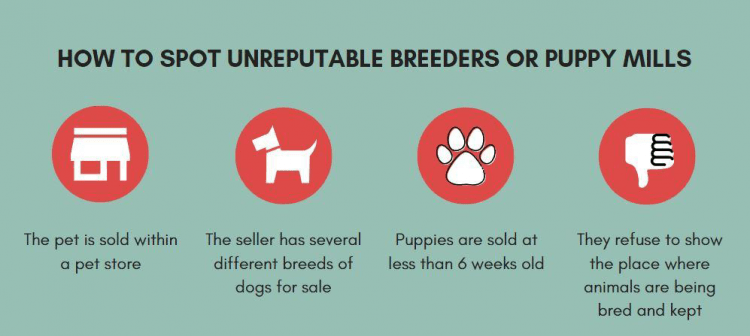
With over 3 million dogs entering U.S. animal shelters every year, there’s never been a better time to help our furry companions. Stray dog sightings can be a typical sight in my community, and this was actually how I found my own dog. I found him wandering the neighborhood as a stray, later discovering that he was dumped a few weeks prior after his owners decided they no longer wanted him. It’s fortunate that I found him and was able to keep him because if he were to end up in a local overcrowded shelter, he likely would have been euthanized.
In Texas and other southern parts of the country, you will commonly see animal shelter posts on social media begging for help due to overcapacity. Frequently seen are videos of animal shelters with multiple dogs in a cage due to limited space and a towering dog population. The current global dog population is estimated to be 900 million, and that number is still rising. Sadly, a large portion of this species are housed in animal shelters or are homeless on the streets. My dog֦’s journey led me to research the actions that are fueling dog overpopulation and the unknown impacts of this harmful issue on top of high euthanasia rates.
Ecological and Economic Impacts
Contents
Apart from the sad endings that come from an excessive number of homeless dogs, the ecological and economic impacts can be detrimental. Dog overpopulation can bring financial burdens, with American taxpayers paying an estimated $2 billion annually for animal control, animal shelter maintenance, and euthanasia/disposal. With approximately 670,000 shelter dogs euthanized every year at an average cost of $85 per canine, Americans pay around $57 million every year just to put down dogs. This large sum of money could be used elsewhere for other important matters, such as school lunches or better education, but instead we use it to regulate this human-generated problem.
The economic impacts in regards to the ecological damage can be high as well; just in the United States, the estimated damage caused by dogs amounts to over $600 million annually. Dogs are incredible companions that provide our homes with unconditional love, but things go south when large packs of dogs make it into the wild. The ecological impacts of free-roaming dogs include but are not limited to disease transmission, predation, hybridization, and competition. Dogs are often given the name “disease reservoirs” due to their likelihood to introduce diseases to surrounding wildlife. Rabies and canine distemper virus (CDV) are the most common diseases transmittable from dogs. The concern of disease transmission not only presents health hazards for native wildlife and surrounding dog populations, but also humans. Furthermore, the concern of disease transmission is not only in regards to free-roaming dogs but also household pets. This is why it is important for us to provide our pets with necessary vaccines and to regulate where they roam.
GET THE BARK NEWSLETTER IN YOUR INBOX!
Sign up and get the answers to your questions.
With the strong bond we have with domesticated dogs, we often forget that man’s best friends are not native to most environments. Dogs are skilled hunters, and even small packs have the potential to prey on large numbers of local wildlife.This hunting skill was proven in New Zealand, where one dog killed approximately 55% of the kiwi population within a six week period. Dogs introduced to a new environment only add to natural predation levels, where some prey species may not be able to support the higher level of predation. These potential impacts can eliminate native populations and damage intact ecosystems if the problem is not addressed.
Does Spaying and Neutering Help?
Overall, the driving force of overpopulation is poor and neglectful dog ownership. In my community, it is common for pet owners not to neuter/spay their dogs, and these same owners allow their pets to roam freely or dump them, as in the case with my dog. According to the SPCA, one female and one male dog who are not spayed/neutered could produce up to 4,372 offspring in just seven years. With dogs having the ability to produce an abundance of offspring quickly and frequently, an overpopulation of dogs can happen rapidly if not managed, which is sadly the case in many areas in the country. By making the simple choice of spaying and neutering our pets, we can help combat overpopulation.
How Can We Help?
So what actions can we do to help address dog overpopulation and the burdens it brings? Three concrete actions include education, adopting instead of shopping, and being a more responsible pet owner.
For education, there are many people who are unaware of how severe the pet overpopulation issue has become in many areas and how quickly it can worsen if not addressed. It is beneficial to educate our friends and family about the importance of spaying and neutering and how this simple action makes an impact on this issue.
Adopting from a shelter or rescue helps weaken the pet overpopulation cycle and decreases demand for mass breeding facilities. If you are planning, or know someone who is planning, to adopt a dog from a breeder, please do the research and follow my guide below to help spot unreputable breeders.
Responsible ownership is vital if you have a dog or are planning to get one, to help combat dog overpopulation. To be responsible, we can spay or neuter our pets to help control the pet homelessness crisis because it helps reduce the number of dogs going into the population. If you choose not to neuter/spay your pet, be responsible and do not let them roam freely or be around other unfixed pets without your supervision. Pet owners need to make a commitment to care for their pets for their lifetime and provide them with quality care. Additionally, donating to organizations that are combating pet homelessness is helpful since it augments the impact these groups can do. Local shelters and rescues, humane societies, and spay/neuter organizations are great places to donate.
If dog populations continue to increase, communities around the world will witness negative impacts on their local biodiversity, ecosystems, and health. A decrease in the dog population is needed to provide a better quality of life for dogs, humans, and surrounding wildlife. With the estimated dog population of 900 million continually increasing, it is our social responsibility to help solve the issue of dog overpopulation. The experience with my dog and the high occupancy of animal shelters around the world shows that somewhere there is a lack of knowledge in proper dog ownership and on the impacts of overpopulation. Since humans are at the root of causing dog overpopulation, it is our duty to find a solution that benefits all parties involved. Dog mass sterilization, public awareness about the issue, and better dog ownership are needed to help solve this issue. Doing our part in combating this overpopulation is not only humane but also a financially and ecologically smart choice.
 Graphic on tips how to spot an unreputable breeder or puppy mill. Credit: Carmen Cheek
Graphic on tips how to spot an unreputable breeder or puppy mill. Credit: Carmen Cheek